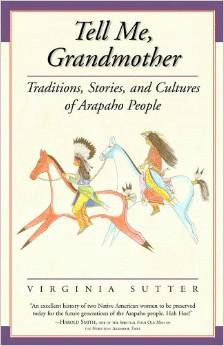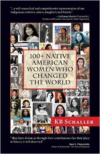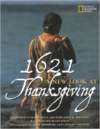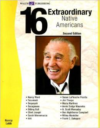Description
“[A] readable portrayal of both the acute losses and the cultural survival of the Arapaho people.”
– “Watonga Republican”
“Virginia Sutter uses an interesting technique to write the history of her people, the Northern Arapaho Indian Nation.
She constructs her work as a series of conversations between herself and her paternal great-grandmother…..
[T]hrough this device, the history of the Arapaho people is traced from the early nineteenth-century years, when the buffalo ran aplenty and the prairies were boundless, through present-day living conditions in American Indian tribal reservations.”
– Moira Richards, www.WomenWriters.net
“Emblematic of the struggle of so many Native Americans of the twentieth century, who seek to reconcile modernity with tradition, and who struggle to recast, reframe, and restore what is Native, even as the majority culture has done its best to uproot, separate, and tell Natives that they can be either modern or Native, but certainly not both.”
– Brian Hosmer, “Studies in American Indian Literatures (SAIL)”
“Tell Me, Grandmother” is at once the biography of Goes-in-Lodge, a traditional Arapaho woman of the nineteenth century, and the autobiography of her descendant, Virginia Sutter, a modern Arapaho woman with a Ph.D.
in public administration.
Sutter adeptly weaves her own story with that of Goes-in-Lodge – who, in addition to being Sutter’s great-grandmother, was first wife of Sharpnose, the last chief of the Northern Arapaho nation.
Writing in a question-and-answer format between twentieth-century granddaughter and matriarchal ancestor, Sutter discusses four generations of home life, including details about child rearing, education, courtship, marriage, birthing, and burial.
Sutter’s portrait of Goes-in-Lodge is based on tribal history and interviews with tribal members.
Goes-in-Lodge speaks of social and ceremonial gatherings, the Sun Dance, the sweat lodges, and the changes that took place on the Great Plains throughout her lifetime.
Sutter details her own life as a child born in a teepee to a white mother and Indian father and the discrimination and injustice she faced struggling to make her way in an increasingly Euro-American world.






Reviews
There are no reviews yet.